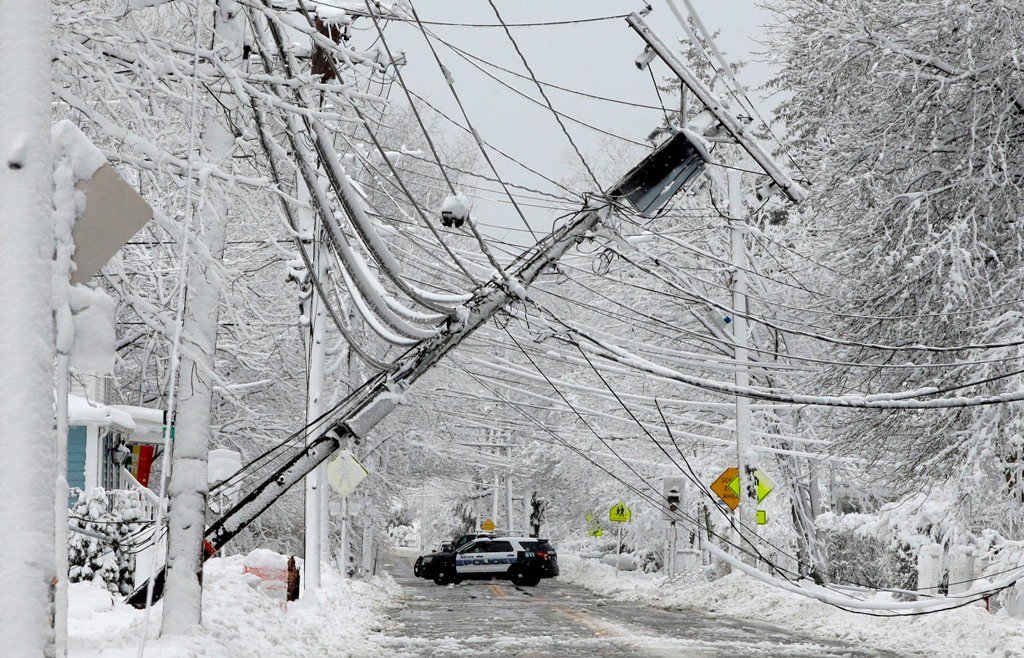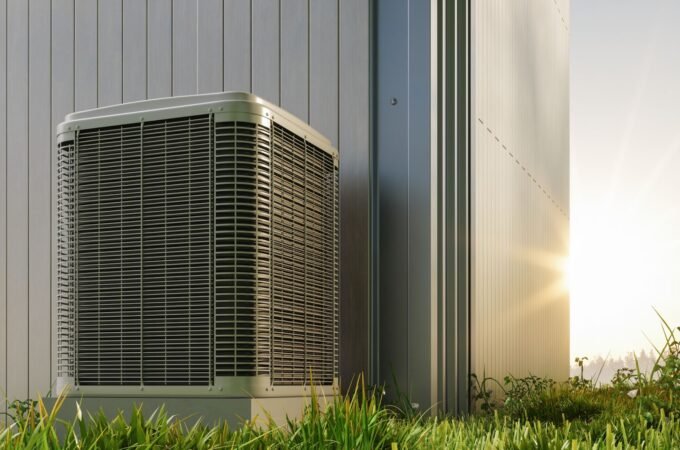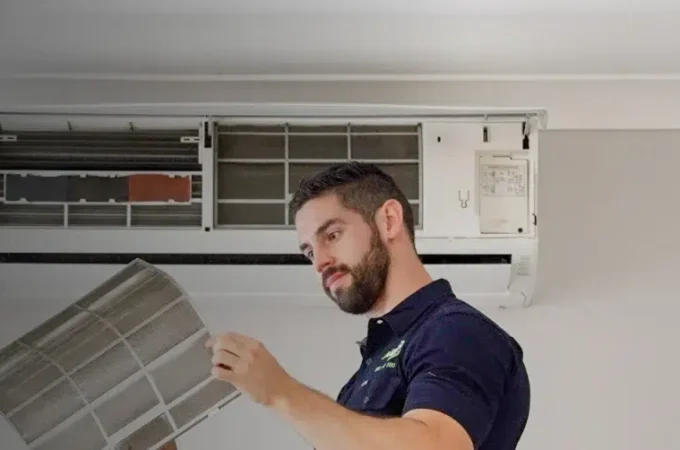
9 Steps to Follow During a Winter Blackout
A power outage in winter can endanger your life more than you think. But it doesn’t have to be that way if you’re prepared to deal with blackouts. Here’s what you can do to keep yourself and your family safe during a power outage caused by a storm:
Turn Off All Electronics
This is the first thing you need to do when there’s an outage. You also need to check if there are any circuits blown in the breakers of your electrical panel. If everything seems okay, turn off the switches or unplug all the electronic devices to be safe.

You also need to have a generator at home to work the absolutely crucial electronics. To get the best-suited generator for your home, you can try browsing https://krugerpower.com.au/
No Need for Unnecessary Risks
Avoid driving during a blackout – especially at night. If you’re out of supplies and simply must go out, be careful about freezing rain or drizzle, sleet, snow or dense fog.
Keeping a disaster supply kit with you is also crucial. The one thing you must never do is to travel alone. Always let someone else know where you’ll be at all times.
Be Wary of Carbon Monoxide
If you live in an area where blizzards are a common occurrence, install a carbon monoxide detection alarm. Make sure your generators are properly ventilated so there is no build-up of the deadly gas indoors.
Open-flame heat/gas sources are quite dangerous indoors too, but carbon dioxide is even more hazardous due to its odorless existence.
Equip Your Home for a Blackout
This is where you need to put in the most work. It’s probably the most important of all the steps you’ll need to take to make it through a winter blackout.
Make sure you have all the resources you need to fortify your home. It’s recommended to have an emergency kit at home.
Some of the things that you should have in an emergency kit include:
- A radio
- Walkie-talkies
- Battery-powered sensors
- A can opener
- Drinking water
- Blankets
- Flashlights
- Carbon Monoxide Detectors
- Spare batteries
- Non-perishable foods
- Medications
If your alarm system is run on batteries, make sure that you have extra batteries. You should also know how to open your garage manually if you need to. Make sure that you store extra fuel cans in a safe space in your garage or basement.
Food Items Are Risky
The fridge is one of the most power-consuming appliances in the house so it’s the most likely to stop working during a blackout. If that happens, the contents inside will go bad pretty soon.

But you can take advantage of the cold outside by wrapping your perishable items in plastic bags and storing them in ice. That’s why it’s very important to have non-perishable items. You should have enough stock to feed all the members of your family for three days or more. Dry food items such as fruit bars, nuts, peanut butter, etc are easy to stock.
If you find yourself in the midst of a blackout, here’s what you should be doing with regards to your refrigerator and freezer:
- Try not to open them much to save energy
- Prioritize eating the food in the freezer before going for the dry items
- Make sure that you keep an eye out for any signs of spoilage
Keep Your Home Warm
You need to ensure that no heat is lost as it’s not possible to keep the central heating on with generators for long. This is extremely important as you face the risk of hypothermia if you’re not careful. There are ways you can conserve your body heat in a cold home:
- Wear multiple layers of winter clothes such as sweaters and jackets
- Wear a hat because most of the heat is lost through the head
- Keep your ears covered
- Use a scarf on your mouth to protect your lungs
- Using mittens (they’re better than gloves) to keep your hands warm
If your house has a fireplace, use that to keep warm. As we’ve mentioned before, you need to be very careful about carbon monoxide build up in your home. To keep your house warm, you can do the following things:
- Cover the windows and doors with plastic
- Use towels to cover door and window cracks to stop the draft
- During the day, if you’re getting any sunlight, use black blankets to retain the heat
Be Careful with Water
This is the most annoying problem you’ll face during a blackout. As you’re used to water heaters doing the job for you, without power you’re left with freezing cold water. You’ll need to set aside some filtered water that you can heat up with a handheld stove if necessary.
There won’t be any filtration as the water won’t go through the process so you’ll need to boil the water yourself to get rid of bacteria. You’ll also need to keep a stream running so the pipe doesn’t freeze up. Have a chat with the local authority beforehand for the best solution.
Keep the Children and Pets Safe
They are the most vulnerable during a blackout, so you’ll need to keep your pets in a safe spot. The children need to be reassured from time to time that everything is fine.
Conserve Your Resources
So, what happens when the power comes back? Recovering from an outage can take a while and often the entire community is left without power.

Don’t just plan for the outage days, plan for a few days after too. Keep tabs on what you have used up so that you can restock and prepare for the next winter blackout. After all, it’s all about effective resource management.
Winter is the season for activities and celebrations. Enjoying the snow with hot cocoa or skiing is what we think of when we think of winter. To prevent your winter vacation from turning into a nightmare, following the given steps would be quite useful!




